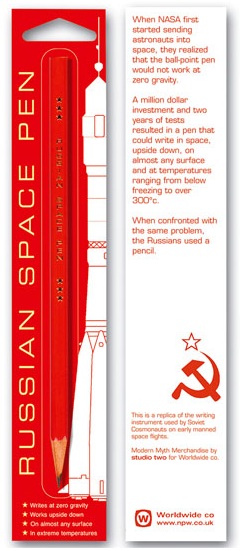The Gift of Apollo
I can’t get enough of these videos by Callum Sutherland. The Gift of Apollo features Carl Sagan reading from his book, Pale Blue Dot, about the Apollo program and its legacy.
Putting the Hubble Ultra Deep Field Into Perspective
We pointed the most powerful telescope ever built at absolutely nothing for no other reason than that we were curious, and, from what looked like empty space the size of a grain of sand, the light particles from thousands of galaxies, each containing hundreds of billions of stars, struck its mirrors after journeying across the cosmos for billions of years. In 2014 we’ll do it once more with the significantly more powerful James Webb Space Telescope, gazing farther and more clearly than anyone ever thought possible; to memories of celestial objects — as old as the universe itself — that blasted away from us faster than the speed of light many million years ago, vanishing forever. If that doesn’t blow your mind, I don’t know what will.
The Russian Space Pen
When NASA first started sending astronauts into space, they realized that the ball-point pen would not work at zero gravity.
A million dollar investment and two years of tests resulted in a pen that could write in space, upside down, on almost any surface and at temperatures ranging from below freezing to over 300 celsius.
When confronted with the same problem, the Russians used a pencil.
Hey, at least NASA astronauts didn’t have to go through the ordeal of pen-sharpening regularly.
Vlad the Astrophysicist
Great story about two guys talking about life in the universe, told by Peter Mulvey — from his audio CD, Letters From a Flying Machine.
Psst-psst!
Vista with NGC 2170
From NASA APOD:
Drifting through the one-horned constellation Monoceros, these dusty streamers and new born stars are part of the active Monoceros R2 star-forming region, embedded in a giant molecular cloud. The cosmic scene was recorded by the VISTA survey telescope in near-infrared light. Visible light images show dusty NGC 2170, seen here just right of center, as a complex of bluish reflection nebulae. But this penetrating near-infrared view reveals telltale signs of ongoing star formation and massive young stars otherwise hidden by the dust. Energetic winds and radiation from the hot young stars reshape the natal interstellar clouds. Close on the sky to the star-forming Orion Nebula, the Monoceros R2 region is almost twice as far away, about 2700 light-years distant. At that distance, this vista spans about 80 light-years.

